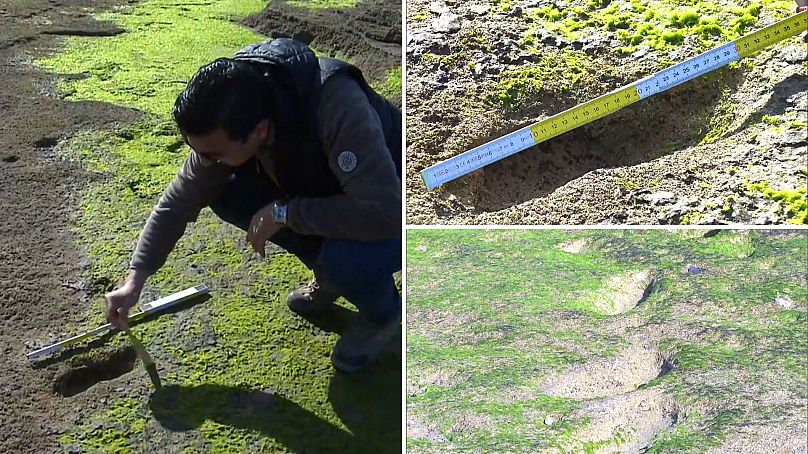In 2022, researchers stumbled upon the footprint site near the northern tip of North Africa while examining boulders at a nearby pocket beach.
A team of archaeologists have unveiled the discovery of the oldest human footprints ever recorded in North Africa and the southern Mediterranean.
The footprints, dating back an astonishing 90,000 years, were found on a beach in Larache, Morocco, by a multinational team led by Moncef Sedrati, a research professor and director of the Géo-Océan laboratory at the University of Bretagne Sud in France.
"Between tides, I said to my team that we should go north to explore another beach," Sedrati told Live Science.
"We were surprised to find the first print. At first, we weren't convinced it was a footprint, but then we found more of the trackway."
How the team unravelled the ancient footprints
Using optically stimulated luminescence dating, a cutting-edge method that establishes the last exposure of specific minerals to heat or sunlight, Essedrati's team were able to determine that approximately 90,000 years ago, a multigenerational group of Homo sapiens walked on the gently sloped beach.
Published in the journal Nature, the findings shed light on a collection of 85 footprints across two trails, attributed to at least five ice age humans, spanning various age groups from children and teenagers to adults.
Despite ongoing erosion threatening the Larache archaeological site's longevity, the footprints were likely preserved due to the favourable beach layout, fair-weather wave conditions, and tidal reach.
The researchers now aim to uncover why the ice age group were on the beach through further analysis, including the exploration of various caves along Larache's southern coastline.












